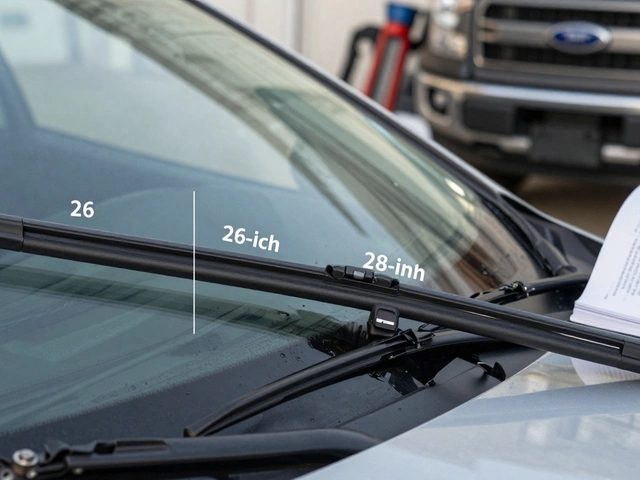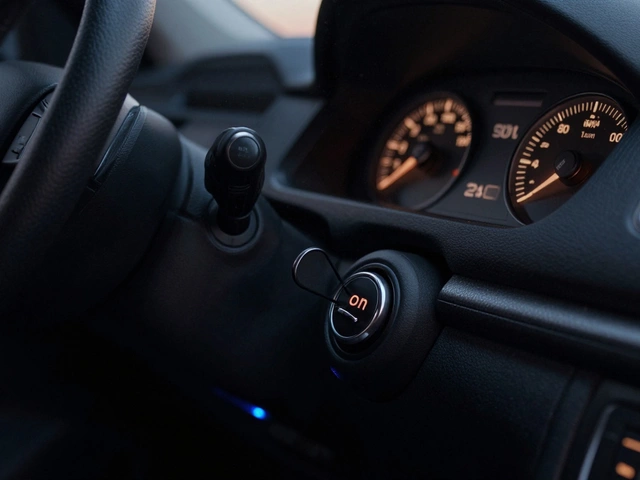10w30 Oil: What It Is, When to Use It, and What It Does for Your Engine
When you see 10w30, a common engine oil grade that balances flow at cold temperatures and protection at high heat. Also known as 10W-30, it's one of the most widely used motor oils in the UK for everyday cars and light trucks. The numbers aren’t random—they tell you how thick the oil is when cold (10W) and how thick it stays when hot (30). That’s called oil viscosity, a measure of how easily oil flows under different temperatures. Too thin, and it won’t protect your engine parts. Too thick, and it won’t flow fast enough when you start up on a cold morning.
Most modern petrol engines in UK cars, especially those made between 2000 and 2020, are designed to run on 10w30. It’s the sweet spot for drivers who do a mix of city driving and motorway trips. If you live in a place with cold winters like Stevenage, 10w30 still flows well enough at freezing temps to get oil to critical parts quickly. And when your engine hits 90°C on a summer drive, it doesn’t thin out too much—keeping your pistons, valves, and bearings properly lubricated. This is why skipping the right oil can lead to engine damage, caused by metal-on-metal contact when lubrication fails. It’s not just about mileage—it’s about how the oil behaves under real-world stress.
Some people think synthetic oil is always better, but 10w30 comes in conventional, synthetic blend, and full synthetic versions. If your car manual says 10w30, you’re not breaking any rules by choosing a synthetic blend—it just lasts longer and handles heat better. But if you’re on a tight budget and your engine isn’t high-performance, a good conventional 10w30 will do just fine. The key is consistency. Changing oil every 5,000 to 7,500 miles (depending on your driving habits) keeps sludge from building up and keeps your engine breathing right. And if you’ve been ignoring oil changes, you might already be seeing signs like knocking sounds or poor fuel economy—both linked to degraded oil.
It’s not just about picking the right grade. You also need to check the level regularly. Too little oil, and your engine runs dry. Too much, and it can foam up or even damage seals. That’s why knowing how to read your dipstick matters just as much as knowing what 10w30 means. And if you’re ever unsure whether your car needs 10w30, 5w30, or 15w40, your owner’s manual is your best friend. Most manufacturers test their engines with specific oils, and deviating can void warranties or cause premature wear.
Below, you’ll find real-world guides on oil changes, what happens when you skip them, how to check your oil level, and even how too much oil can hurt your engine. These aren’t theory pieces—they’re practical, no-nonsense checks and fixes from drivers who’ve been there. Whether you’re trying to save money on repairs or just want your car to last longer, understanding 10w30 is the first step.





